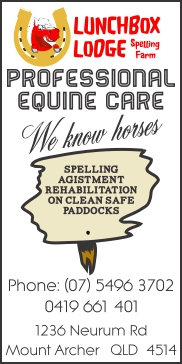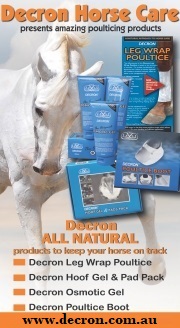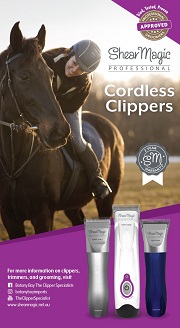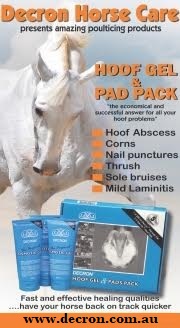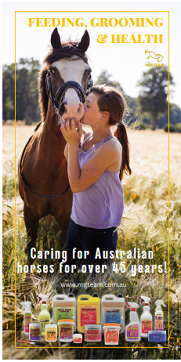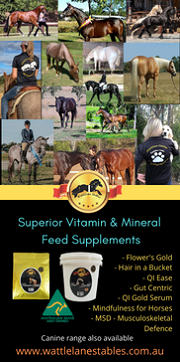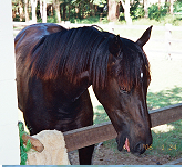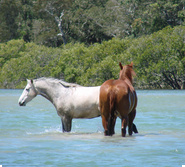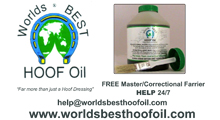There can’t be many horse owners up the East coast of Australia who have not had to do battle at some point with seedy toe (white line disease) and thrush. Both conditions, caused by invasion of the hoof structure by bacteria or fungi, are rife in humid conditions.
Seedy toe, which looks like crumbly white cheese, invades the inner hoof wall and eats upwards, leading to vertical wall separation and abscessing. This can lead to ongoing unsoundness. In the worst scenario, infection can reach the pedal bone and cause permanent damage.
Thrush attacks the frog tissue, usually around the tip of the frog and further back in the ‘sulcus’, the groove between the heels. It is identifiable by its unpleasant odour. It is usually black, looking like damp powder or a paste. It can be highly painful for the horse and has a dramatic effect on how it carries itself.
As ever, prevention is always easier than cure. With seedy toe, the key is to avoid the cracks and wall separation that allow the bacteria in. Whether your horse is shod or unshod, a correct hoof balance will stop cracks appearing.
Preventing thrush is tricky but possible. The groove in the frog should be picked out daily. If possible, prevent the horse from standing in wet or damp conditions for long periods of time. In humid areas, this is obviously problematic.
Once infection has arrived, there are many topical treatments available in saddleries and online stores. You can also prepare your own. Iodine or hydrogen peroxide are recommended by some, but be aware that continued use can damage the healthy frog tissues. Formalin is sometimes suggested, but this is a known skin irritant and in some animals is carcinogenic. It also stinks and its odour will cling to you. Gentian violet is preferable, being a strong antibacterial and antifungal agent. Undiluted mouthwash can work too.
Tea tree oil can clear infection on its own. Or, you can mix it with copper sulphate (‘bluestone’), which is also a strong antibacterial. Bluestone can also be mixed with vaseline or active manuka honey, so that it fills cavities and clings to the frog. Apply your chosen mixture with a syringe or an old toothbrush – gloves are essential!
If your horse is shod, soaking the hooves is an option. As well as the above treatments, apple cider vinegar in water comes recommended. Soaking boots are commercially available.
Eradicating these conditions requires persistence. Clean and treat every day for at least a week to eradicate them and then weekly to prevent their return.









